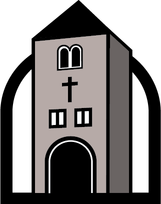| dc.description.abstract | Michael J. Zuberbier’s essay explores the evolving nature of the WELS parsonage over the past seventy years, examining both its physical form and its functional role within congregational life. Drawing from a robust survey of 76 pastors across twelve synod districts, Zuberbier traces the transformation from modest, utilitarian homes to well-equipped residences reflecting broader societal affluence. He highlights shifts in family dynamics, technological amenities, and the increasing privatization of pastoral living spaces. The essay also addresses the debate over church-owned versus pastor-owned homes, revealing diverse opinions on financial stewardship, privacy, and ministry impact. Functionally, the parsonage has moved from being a hub of congregational activity to a more private family space, prompting reflection on its role in spiritual leadership and community engagement. Zuberbier concludes with a call for thoughtful synod-wide guidance on parsonage policy.
Abstract prepared with the assistance of Microsoft Copilot (GPT-4). | |
